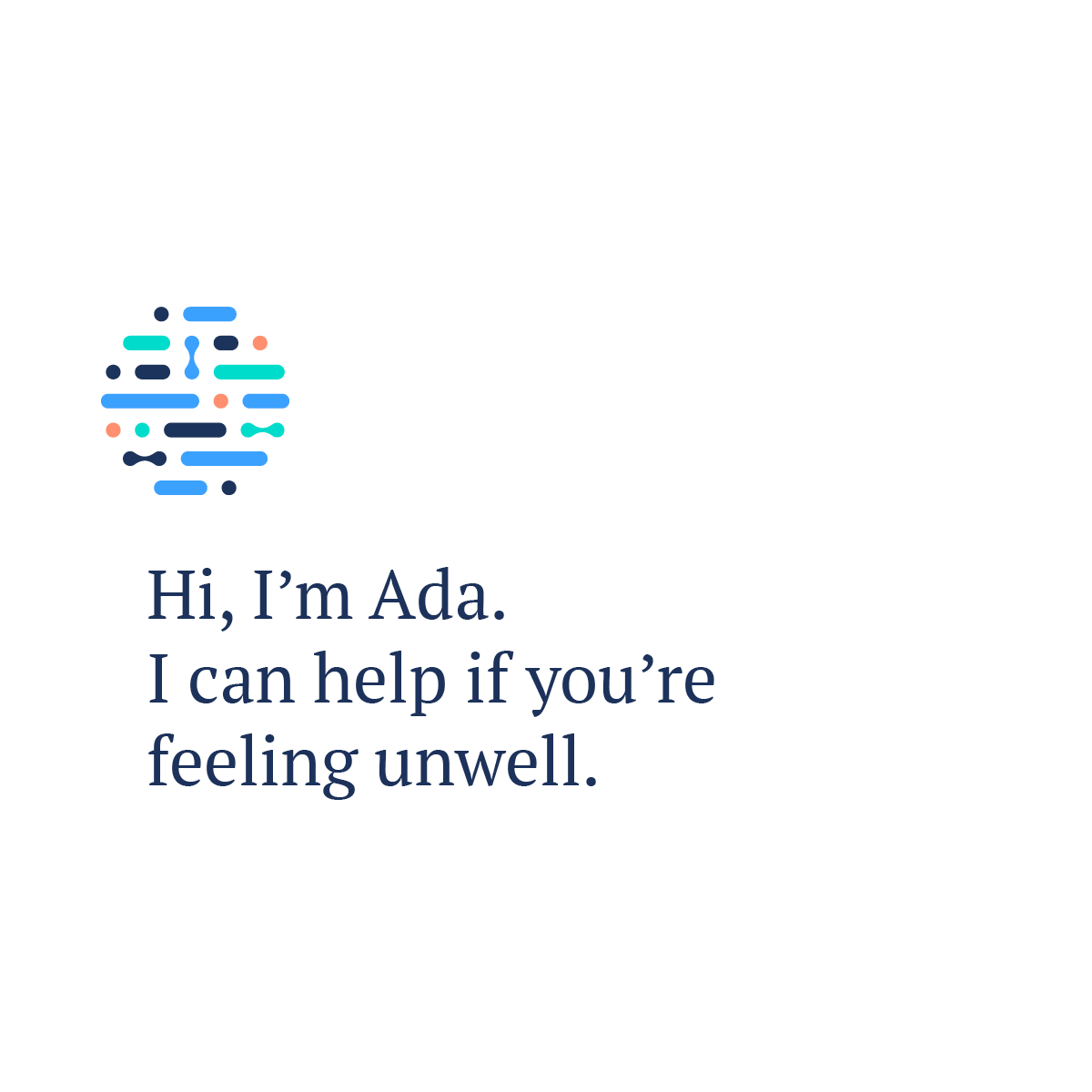AAMC (2018) expects the United States expects to have a shortage of 120,000 doctors by 2030. One can expect that this will cause trouble in the availability and quality of health care in the United States. However, it is not just the United States or the western world that can expect this kind of trouble. By 2030, the global shortage in health workers is expected to be around 15 million (Liu et al., 2017). Luckily, new technologies can help solving this major problem. One of these technologies is Ada, an application that can partly replace the general practitioner.
Ada is an application that is available in the App Store and the Play Store. By asking a series of questions on personal details (e.g. gender, age) and medical complaints, it tries to do an assessment on which disease the user might have. The mission of Ada is to make personalized healthcare available to everybody in this world. At this stage, more than 4 million people have used Ada and a new assessment is made every 3 seconds.
Ada is especially helpful to people in third-world countries who are unable to see an educated doctor to discuss their troubles. However, the application can save a lot of time for doctors in more developed countries too. The general practitioner often only functions as middleman between the patient and a more specialized doctor. Cutting out this step and directly seeing a specialized doctor can save a lot of time for both parties.
Of course, Ada lacks basic human intuition and cannot see the real situation of a patient. This will surely lead to errors, which is a serious issue. However, Ada can stay up-to-date when it comes to the thousands of new developments in all kind of medical areas, while a general practitioner can only learn as much as one human can. Ada will not cure our problems, but it can at least help determining what our problems are.
References
AAMC. (2018). New Research Shows Increasing Physician Shortages in Both Primary and Specialty Care. Retrieved from https://news.aamc.org/press-releases/article/workforce_report_shortage_04112018/
Liu, J. X., Goryakin, Y., Maeda, A., Bruckner, T., & Scheffler, R. (2017). Global health workforce labor market projections for 2030. Human resources for health, 15(1),

